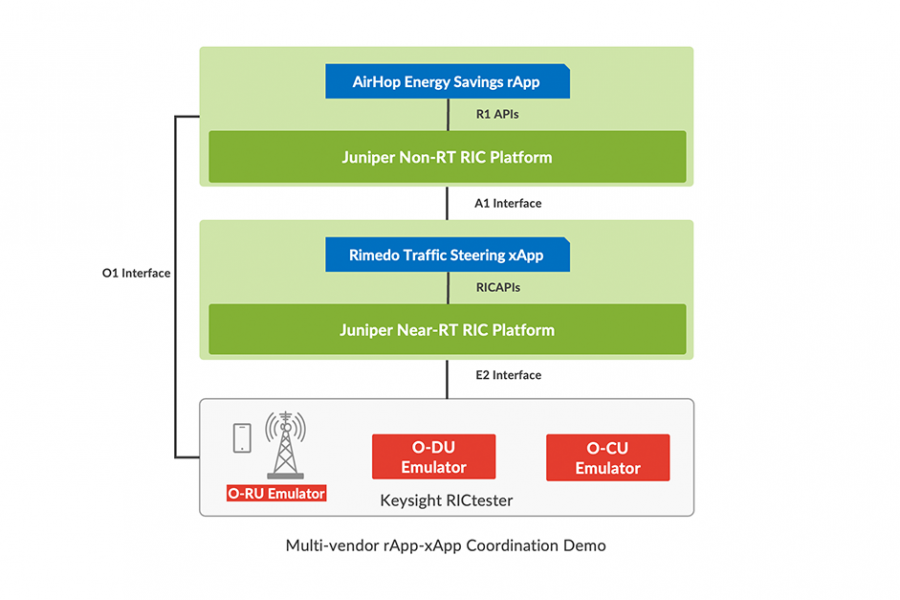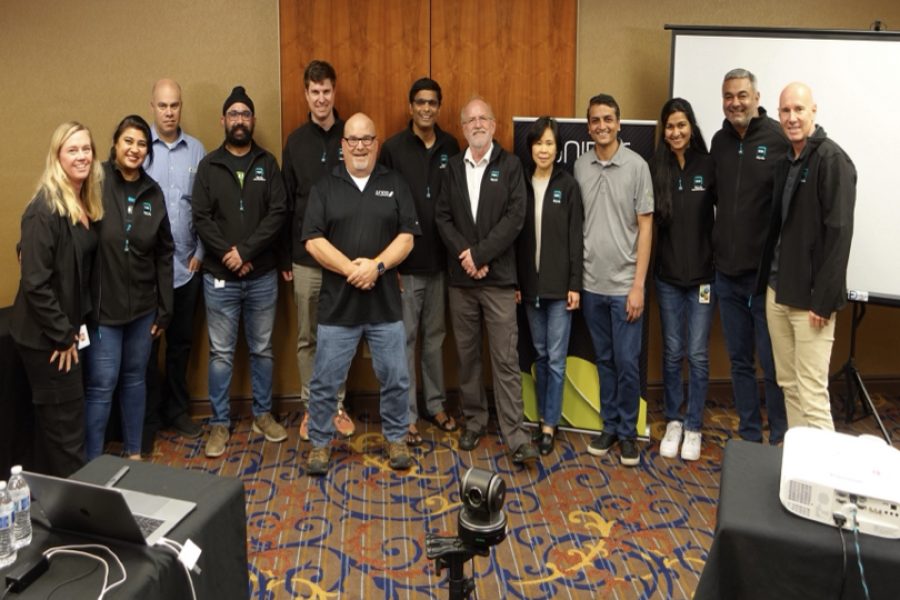In Part One of this series, we discussed the need for a modern, personalized service experience and the role that a proactive and predictive experience can play in the customer journey. In this blog, we dig deeper into how this experience comes to life through support automation.
Cloud Creates a Digital Relationship
What does it mean to cloud-connect the network? Simply put, it means connecting network equipment to the cloud and collecting telemetry, but this simple idea has far-reaching benefits that can up level the support experience for customers and vendors. This is analogous to the modern smart utility meter model where the meter connects to the provider’s network and collects status, usage and other key data. This information is then processed and sent back to the customer as contextualized insights that can help them save money or fine tune their usage. Similarly, networks that are connected to the vendor’s cloud can lead to a better support experience and simplified day-to-day operations for customers and network vendors.
Customers Benefit from the Digital Relationship
Cloud-connected networks set the foundation for a digital relationship between customer and vendor, resulting in a win-win situation. Through this relationship, customers gain access to intelligent, proactive and predictive insights that are actionable and enable improved network operations.
Specifically, through this digital relationship, network operations teams can realize:
- Increased network operations efficiency: Operators gain visibility to holistic operational health data across the entire network (e.g., routing, wireless, switching) and across different segments of the network (e.g., branch, data center, core). This helps customers take proactive action and reduce service degradation/downtime, improving network performance and network uptime.
- Improved customer experience: By gaining insights into network facts, such as what is running on the network or what features are enabled, operations teams will be able to better manage and optimize their resources and reduce efforts during service contract renewal.
- IT process agility: The extracted data and event correlation with the equipment vendor’s cloud and AI synthesizes product bulletins, end-of-life insights, related security incidents and support cases. This simplifies the process of making important network decisions, accelerates time to value and allows customers to save IT resources for the most important maintenance tasks.
The Customer-to-Vendor Relationship Benefits From the Digital Relationship
While the vendor also benefits from this win-win situation, the primary benefit is still to the customer for the following reasons:
- Usage telemetry from a broad customer base allows the vendor to assess quality and reliability of their products in the real-world and make improvements that connect directly to improvements that are seen and felt by customers.
- Vendors can quickly make decisions in the best interest of the customer that still enable them to meet business objectives. This may include decisions on product design, product lifecycle (e.g., end of life timing) and feature decommissioning.
- Should the need arise, vendors can also assess the impact of newly discovered vulnerabilities in their customer base.
- Vendor support operations can operate more efficiently as data collection transitions from a manual process of, “Dear Customer, please send me data,” to one that is automatic, such as “Dear Customer, we have the data and are already working on a solution.”
With the confluence of collected telemetry, vendor knowledge of its products, experience of support engineers and the help of AI, customers can be well versed in their own networks. They’ll also unlock a powerful experience via a secure, personalized web portal that provides actionable insights.
Overall, by leveraging cloud-connected networks, vendors can create strong digital relationships with customers. And with an improved support experience, customers can improve network operations and optimize their own network performance.


